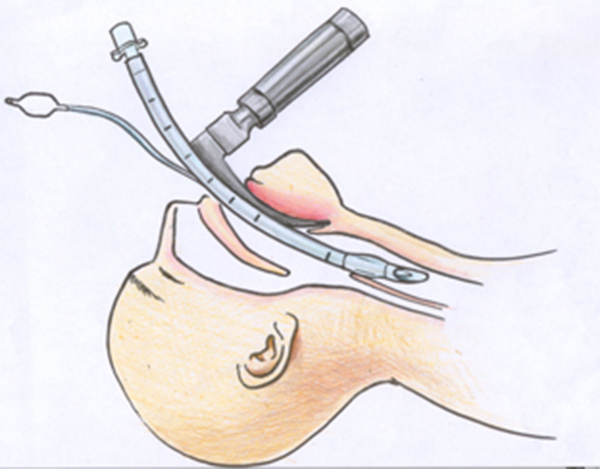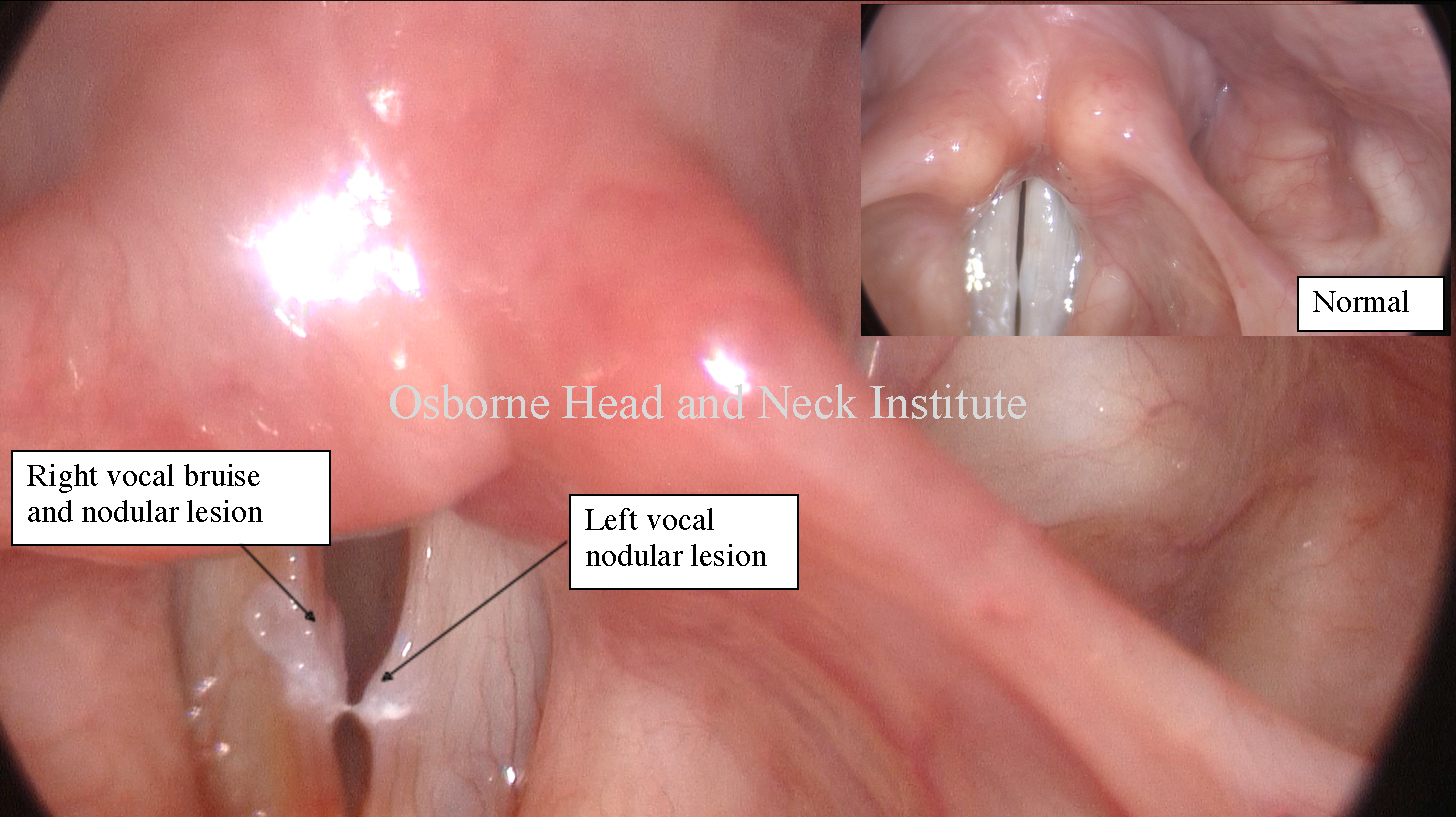
- Vocal Injury from Intubation - October 24, 2019
- Question: How do the ingredients in e-cigarettes and vaporizers affect respiratory health? - August 16, 2019
- Bad Technique and Vocal Injury - January 9, 2019
- Is Edible Marijuana Dangerous for the Voice? Myths Dispelled - December 18, 2018
- Surprise! You have a hemorrhage - January 31, 2018
- Graves’ Disease: Treatment Overview - September 25, 2017
- Adele and the Stigma of Vocal Injury - July 11, 2017
- Vocal Curbside Consult: How does the thyroid affect the voice? - May 16, 2017
- Vocal Curbside Consult: How do hormones affect the voice? - May 3, 2017
- Vocal Curbside Consult: How do emotion and stress affect the voice? - April 17, 2017
- Vocal Curbside Consult: Vocal Recovery After Illness - April 7, 2017
While surgery of the head and neck is becoming safer as medical technology and surgeons advance, there are always risks associated with surgery. One of the main concerns of patients who are undergoing surgery are those associated with intubation and general anesthesia. Intubation is a delicate procedure and, while there usually are not complications when inserting and removing the soft, plastic tube known as an endotracheal tube (ET), it is not without risk. One of the most common complications of intubation is injury to the larynx (voice box).
What is intubation and why is it necessary?

Intubation is the process of inserting a soft, flexible tube, called an endotracheal tube, into the trachea during surgery. This is required for ventilation, which allows the patient to continue to receive oxygen during surgery. Ventilation is a positive pressure system that mimics the action of breathing while the patient is under anesthesia. The anesthetist uses a device known as a laryngoscope to pull back the tongue and epiglottis and illuminate the larynx, allowing for visualization for effective intubation. Once inserted successfully bewteen the vocal cords into the trachea, a small cuff at the end of the tube is inflated to create a seal in the patient’s trachea, which is necessary for safe air exchnage. Intubation is necessary during procedures that require general anesthesia because the paralyzing and sedative agents that are necessary to complete the surgery also render the patient unable to breathe on their own.
What are the risks of intubation and how can it affect the voice?
The process of intubation involves placing a flexible tube between the delicate vocal cords and inherently, comes with risks to the trachea, larynx, and vocal cords. If special care is not taken when inserting the endotracheal tube, the vocal cords can be bruised, scratched or otherwise injured in the process of intubation.
Intubation nearly always results in swelling of the larynx, causing hoarseness or sore throat in the patient post opeartively, especially after longer procedures. However, in rare cases, longer lasting vocal damage can occur. The majority of vocal injuries due to the blunt force of the endoctracheal tube coming in contact with the vocal cords. This is far less common in planned surgery; however, in emergency situations when the patient is suddenly unable to breathe on their own and the careful precautions of a surgical setting cannot be taken, laryngeal injury is more common. These conditions are best managed by a laryngologist, an ENT with specialized training in the larynx and voice.

While vocal injury from intubation is possible, is is unlikely, especially in a surgical setting with experienced anesthetists. A successful, trouble-free intubation is essential to a successful surgery and allows for the patient to undergo general anesthesia, reducing pain for the patient and making the procedure easier to execute for the surgeons. Intubation is a relatively safe, necessary process that keeps the patient stable during surgery. If a patient is experiencing vocal pain or discomfort after any procedure, an appointment with a laryngologist or vocal specialist should be made to address and treat the issue.



